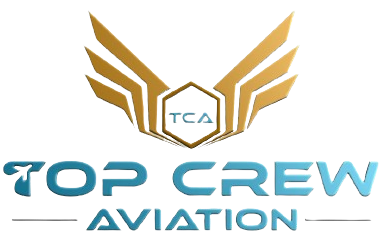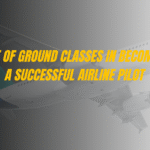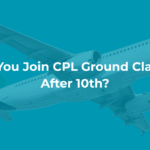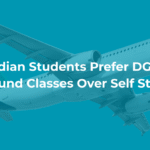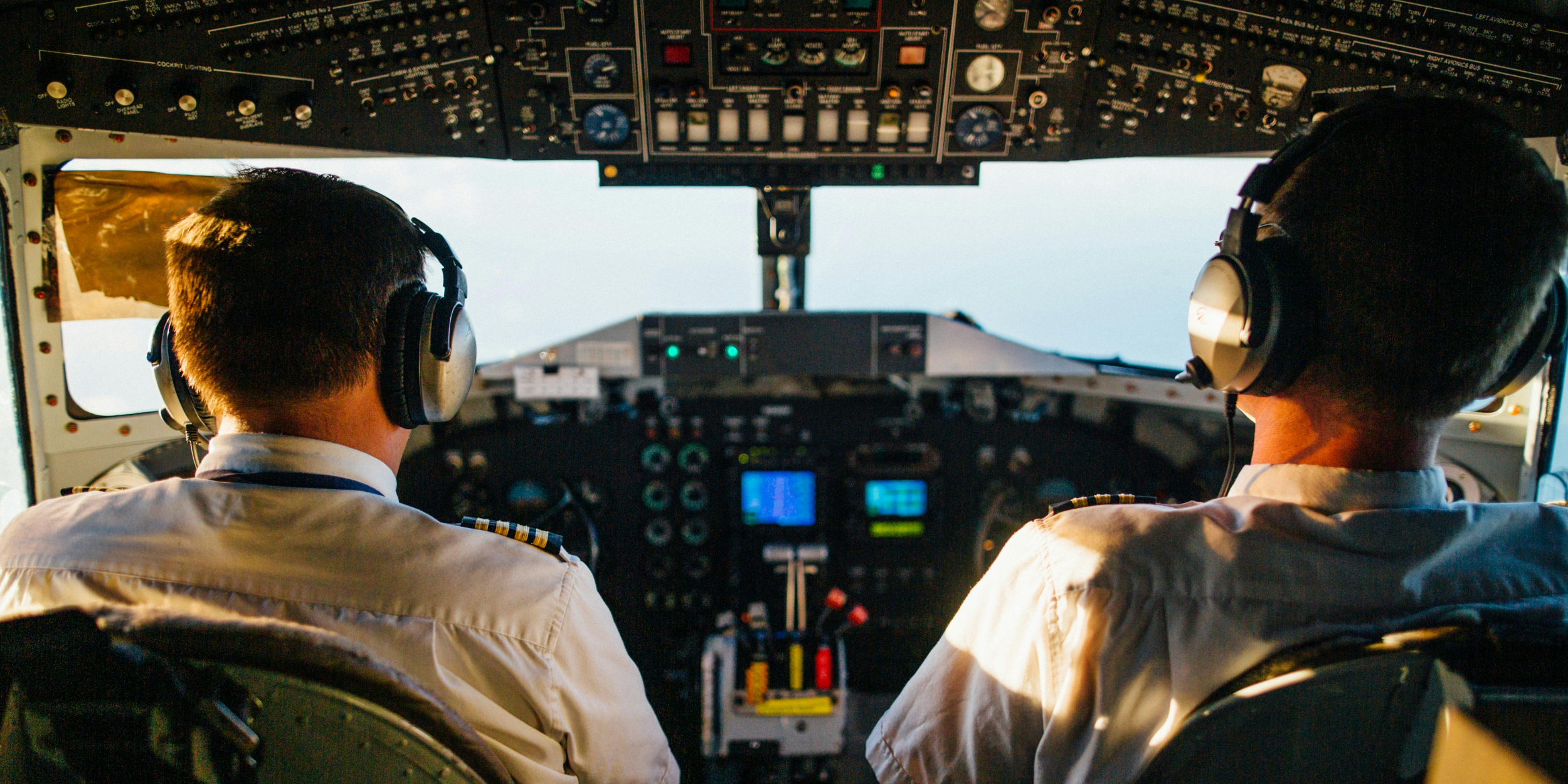
The journey to become a pilot is exciting and challenging. For aspiring aviators, selecting the right pilot training institute in India is crucial. With dozens of DGCA-approved schools nationwide, several key factors— such as pilot course quality, fees, location, and faculty — play a significant role. In this blog, we highlight the top 10 private pilot training institutes in India and discuss their offerings, approximate fees, and training features. We also cover related topics like how to become a pilot in India, pilot course duration, scholarship options, and expected salaries.
Top Pilot Training Institutes in India: Our Picks
India has many flight schools, but here we focus on the leading private pilot training institutes in India known for quality pilot courses and training. Each entry below includes location, key highlights, and approximate costs (fees are indicative and may change). See also our guide on How to Become a Pilot in India and Pilot Course in India for career and course details.
1. Top Crew Aviation (Jaipur, Rajasthan)
Top Crew Aviation is a well-known private pilot training academy founded by Capt. P. Kumar in 2008. It offers DGCA-approved CPL/PPL training and comprehensive ground classes (CPL theory, RTR, ATPL subjects). Top Crew boasts “16 years of experience in aviation” training both pilots and Crew. The institute provides classroom instruction and arranges flight training (with partner flying schools).
- Key Highlights: Founded by a veteran pilot, personalized mentoring by experienced instructors, flight training support (in India and abroad), and additional courses (Air Hostess, Cabin Crew).
- Fees: A full Commercial Pilot License (CPL) course typically costs on the order of ₹35–40 lakh (private institutes range ~₹30–50 lakh). (Top Crew occasionally offers merit scholarships – e.g., a ₹10 lakh scholarship program – to help students reduce costs.)
2. Indira Gandhi Institute of Aeronautics (IGIA), New Delhi
IGIA, based in Janakpuri, New Delhi, is one of India’s oldest private aviation schools. Established in 2003, it advertises “22+ Years of experience” and has trained over 500 commercial pilots. IGIA offers DGCA-authorized ground school and flying training (through affiliated flying clubs) for CPL and PPL. It emphasizes a well-maintained fleet (Cessna/Cirrus), modern simulators, and a structured curriculum.
- Key Highlights: Long track record (since 2003), modern facilities, and alums placed with major airlines. IGIA New Delhi’s instructors are ex-airline pilots, offering practical insights.
- Fees: As a private academy with quality infrastructure, CPL training fees are typically in the high range (around ₹40–45 lakh).
3. Captain Gopinath Aviation Academy (Hyderabad, Telangana)
Founded by Captain Gopinath “Gopi” (the famous pilot of Air Deccan), this Hyderabad-based academy (Captain Gopinath Aviation Pvt. Ltd.) provides CPL/PPL pilot training with a focus on affordability. It features DGCA-approved theory classes and flying sessions at partner airfields.
- Key Highlights: Emphasis on cost-effective training, industry-experienced instructors, and placement support. Formerly operating helicopters and fixed-wing fleets, it now partners with local flying clubs for aircraft usage.
- Fees: Approximately ₹35–40 lakh for a full CPL course, making it one of the more affordable private institutes.
4. CAE Global Academy (Formerly NFTI, Gondia, Maharashtra)
CAE Global Academy, Gondia (also known as National Flying Training Institute, NFTI) is a premier flight school run jointly by CAE (Canada) and the Airports Authority of India (Jet Airways once partnered too). It offers state-of-the-art training with glass-cockpit simulators, a large fleet (Cessna 172, Diamond 40), and a modern curriculum.
- Key Highlights: Advanced simulators (FNPT II), multi-engine trainer, and Jet Airways tie-ups for cadet programs. It’s known for strict DGCA compliance and high pass rates.
- Fees: Among the highest – around ₹45–50 lakh for the CPL program. (As a semi-government venture, costs are higher, but the facilities are top-notch.)
5. Chimes Aviation Academy (Bhopal, Madhya Pradesh)
Chimes Aviation Academy (CAA) in Bhopal is a private training institute known for safety and quality. It offers full-fledged CPL courses (ground & flight training) and boasts modern AVEX simulators and a fleet of Piper Seneca for multi-engine training.
- Key Highlights: Strong focus on safety protocols and instrument training, small class sizes, and use of simulators before actual flying. The academy has aircraft suitable for high-altitude training.
- Fees: Typically around ₹35–40 lakh for the CPL course. Many students appreciate its emphasis on practical skills.
6. Academy of Carver Aviation (Bengaluru, Karnataka)
Carver Aviation Academy in Bengaluru is another reputable private pilot school. It is known for integrating modern technology into training and a rigorous safety culture. Carver’s curriculum covers all DGCA ground subjects plus advanced simulator sessions before solo flights.
- Key Highlights: Personalized training with an emphasis on decision-making and cockpit resource management. Maintenance of aircraft and simulators is a priority.
- Fees: Roughly ₹40 lakh for a full CPL path. (The academy’s modern approach appeals to students aiming to meet global flying standards.)
7. Ahmedabad Aviation & Aeronautics Ltd. (AAA), Ahmedabad, Gujarat
AAA (Ahmedabad Aviation & Aeronautics) is a private flying school located at Sardar Vallabhbhai Patel International Airport. It offers CPL, PPL, and UPRT courses. Known for its experienced faculty, it provides both theoretical classes and flying training on aircraft like Cessna 172 and Piper Seneca.
- Key Highlights: Individual attention with experienced instructors, modern classrooms, and emphasis on practical flying skills. Graduates are often well-prepared for real-world flying conditions.
- Fees: Approximately ₹35 lakh for CPL training (an affordable option for Western India aspirants).
8. Hindustan Aviation Academy (Bengaluru, Karnataka)
Hindustan Aviation Academy in Bangalore is a private institution offering various aviation programs, including CPL and cabin crew courses. It is affiliated with Bangalore’s Jakkur airport for training. The academy’s facilities include well-equipped classrooms and a fleet of training aircraft.
- Key Highlights: Modern infrastructure and focus on international training standards. It is noted for reasonable placement rates in airlines, aided by experienced instructors.
- Fees: On the order of ₹30–35 lakh for a CPL program, relatively competitive given its Bangalore location.
9. Rajiv Gandhi Aviation Academy (Thiruvananthapuram, Kerala)
Founded under a public-private model, the Rajiv Gandhi Aviation Academy in Kerala provides flight training at Thiruvananthapuram Airport. It offers CPL, PPL, and Type Rating courses. The academy boasts modern classrooms and encourages advanced pilot skills.
- Key Highlights: Emphasis on disciplined training and the use of well-maintained aircraft. The courses include ground school plus extensive flight hours.
- Fees: About ₹35–40 lakh for a complete CPL program (including flight hours and exams).
10. Pioneer Flying Academy (Bareilly/Kanpur, Uttar Pradesh)
Pioneer Flying Academy is one of the oldest private flying schools in India, operating out of Bareilly and recently Kanpur. It provides DGCA-approved training for CPL and PPL on a fleet of Cessna 172s and other light aircraft. Pioneer is known for personalized training programs and experienced captains as instructors.
- Key Highlights: Legacy flying club turned professional academy, with a focus on real flying time and pilot competency.
- Fees: Roughly ₹35 lakh for a CPL course (consistent with mid-range private flying clubs).
Each of these institutes provides a pathway to a Commercial Pilot License (CPL) in India, and most cover the pilot course in India syllabus (ground lectures on navigation, meteorology, air regulations, etc., followed by flying hours). Fees and facilities vary, but all of the above are respected names in private pilot training.
How to Become a Pilot in India
Becoming a commercial pilot in India follows a clear pathway. The basic steps include:
- Eligibility: Complete 10+2 with Physics, Mathematics, and ≥50% marks; be at least 17 years old; and obtain a DGCA Class I medical certificate.
- Ground School & Exams: Enroll in a DGCA-approved pilot training institute (like one above) for CPL. Study ground subjects (Air Regulations, Navigation, Meteorology, Aircraft Systems, etc.) and pass the DGCA written exams.
- Flight Training: Accumulate the required flying hours. For a CPL in India, this is a minimum of 200 hours of flight training, including solo and cross-country flights. You will train on single-engine and multi-engine aircraft under instructor supervision.
- License: After completing training hours and passing DGCA exams (Air Navigation, RTR, etc.), you clear a flying test to obtain the Commercial Pilot License.
This path ensures you meet DGCA requirements. You can learn more details in our guide on how to become a pilot in India, which covers admission exams and career tips.
Pilot Course Duration, Fees, and Scholarships
Generally, a complete Commercial Pilot training program in India takes about 18–24 months to complete. The duration includes ground school, simulator sessions, and the flying hours mentioned. Some fast-track and airline cadet programs abroad may shorten this, but in India, the timeline is roughly 1.5 to 2 years.
Fees (Pilot Training Cost in India): The cost of pilot training varies widely. According to industry figures, pilot training cost in India ranges from about ₹15 lakh at government-run academies up to ₹40–50 lakh at top private schools. Private institutes (like those listed above) typically charge ₹30–50 lakh for the CPL course. For example, a quote from aviation training resources shows costs around ₹30–35 lakh at flying clubs and ₹45–50 lakh at premium academies. These fees cover ground instruction, flying hours, simulators, and exams (though extra costs like accommodation or books may apply).
Scholarships: To offset these expenses, some organizations offer scholarships. For instance, certain airlines run cadet pilot programs (SpiceJet Cadet Programme, Air India pilot induction) that sponsor training for selected candidates. Top Crew Aviation advertises a merit-based pilot scholarship of up to ₹10 lakh. Many institutes also partner with banks or agencies for loan/financing options. (Availability of scholarship for pilot training in India depends on merit and specific programs.)
Pilot Salary and Career Outlook
A career as an airline pilot in India is considered well-paying. Starting salaries for new commercial pilots often range from ₹100,000 to ₹150,000 per month, plus benefits. As one source notes, an average airline pilot salary is about INR 150,000 per month. Over time and with experience (and moving up to seniority or captain roles), pay scales can reach much higher. Moreover, pilots may earn additional flight hours pay, international allowances, and other perks.
Other roles after CPL include flying as a flight instructor, charter pilot, or in corporate aviation. Air-ambulance and aerial survey pilots are specialized career options, often with their pay scales. We discuss many of these career paths in related posts.
Related Resources
For more detailed guidance, see our related blog posts:
- How to Become a Pilot in India (step-by-step career guide)
- Pilot Course in India (syllabus, fees & duration)
These resources delve deeper into the training requirements, entrance exams, and career tips.
Frequently Asked Questions (FAQs)
Q: How to become a pilot in India?
A: First, complete 10+2 with Physics and Math and obtain a DGCA Class I medical certification. Then enroll in a DGCA-approved training school for CPL. Complete ground school (DGCA exams) and 200+ hours of flying. After passing all exams and flight tests, you receive the Commercial Pilot License and can apply to airlines.
Q: What is the duration of the pilot course in India?
A: The typical pilot course duration (CPL training) in India is about 18 to 24 months. This includes ground classes, simulator training, and required flight hours. Some accelerated programs abroad or cadet schemes may shorten the timeline.
Q: How much does pilot training cost in India?
A: Pilot training cost in India depends on the institute. Generally, Government academies charge ₹15–25 lakh, while private institutes charge around ₹30–50 lakh for the full CPL course. Costs include all ground school and flying hours, but students should also budget for lodging, books, and exam fees.
Q: Are there any scholarships or financial aid for pilot training in India?
A: Yes. Some airlines and academies offer cadet programs or scholarships. For example, airline cadetships (like SpiceJet’s Cadet Pilot Program) fund selected candidates’ training. A few private schools (e.g., Top Crew Aviation) award merit-based scholarships of several lakhs to assist students. Otherwise, many students use education loans or loan schemes for pilot training.
Q: What is the average salary of pilots in India?
A: Starting pilot salaries in India are attractive. A junior commercial pilot’s pay can be around ₹100,000–150,000 per month. With experience and a promotion to captain, this can rise significantly. Airline pilots also receive benefits like travel passes. Specialized pilots (air-ambulance, instructor) may have different pay scales.
Q: What eligibility criteria are required to join a pilot training institute?
A: To join a pilot training program in India, you must be at least 17 years old, have completed 10+2 (physics and math) with a minimum 50%, and clear the DGCA Class I medical exam. English proficiency is also required, as aviation operates in English.
Q: Which are the best pilot training institutes in India?
A: The institutes listed above (Top Crew Aviation, IGIA, CAE Gondia, etc.) are among the best-known private academies. Each has strong DGCA-approved programs. The “best” choice depends on individual needs (budget, location, facilities). We recommend reviewing each school’s offerings (and possibly visiting) before deciding.
Q: What does a pilot course in India include?
A: A pilot course typically includes ground school subjects (Air Navigation, Aircraft Technical, Meteorology, Air Regulations, Radio Telephony) and flying training on light aircraft. You’ll learn to handle take-offs, landings, navigation, emergency procedures, and aircraft systems. Courses also cover simulator training before actual flights.
Frequently Asked Questions
No FAQs found.
